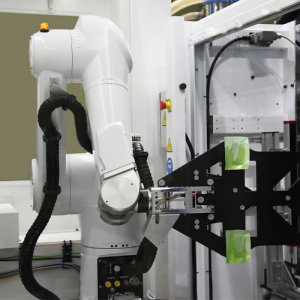Molding pressure typically refers to a measurement of force within an injection molding machine. In injection molding, plastic resins are melted and pushed into a steel or aluminum mold, fabricating small plastic parts. The mold pressure determines with what force the melted resin is forced through the machine and injected into the awaiting mold.
Solid plastic objects can be fabricated using a process called injection molding. An injection molding machine begins with a large hopper into which small plastic pellets, called resin, are loaded. The pellets are then heated to a certain temperature and melted. Inside the machine, molding pressure determines the speed at which material is passed by a large, rotating screw or ram and injected into the mold. A mold is typically a steel or aluminum block which is hollowed out in the reverse shape of the item to be molded. Then when the melted plastic is injected into the mold and subsequently cooled, it has conformed to the shape and created the part.
The amount of molding pressure should be enough to fill the mold completely, preventing what are known as short shots, or plastic parts that are not formed all the way. If this happens, the molding pressure should be increased. Once the mold is full, the pressure is reduced and stays level while the parts cool. Once the plastic cools, the mold is opened and the part is ejected from the machine.
Read more: What is the Molding Pressure?

